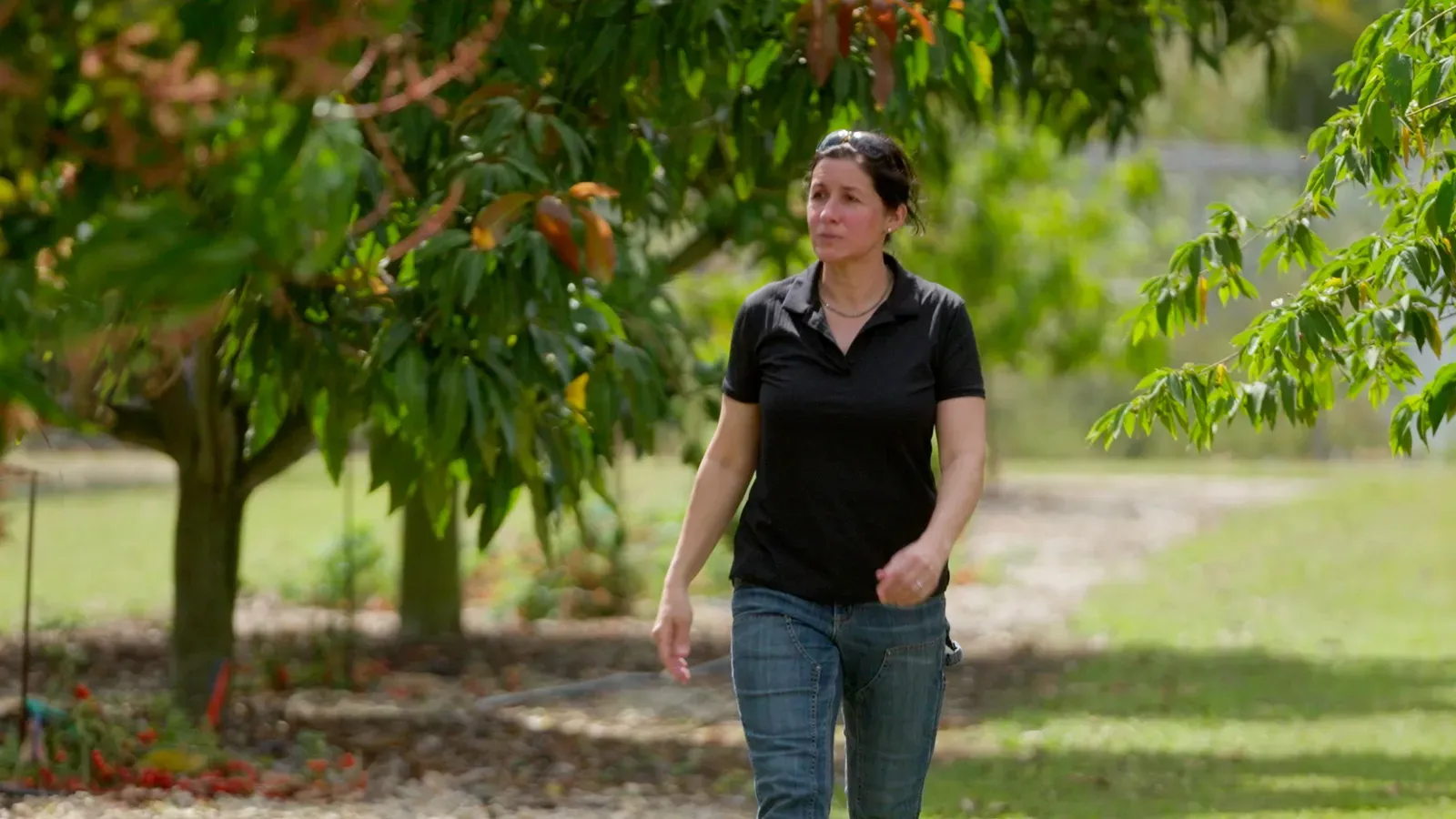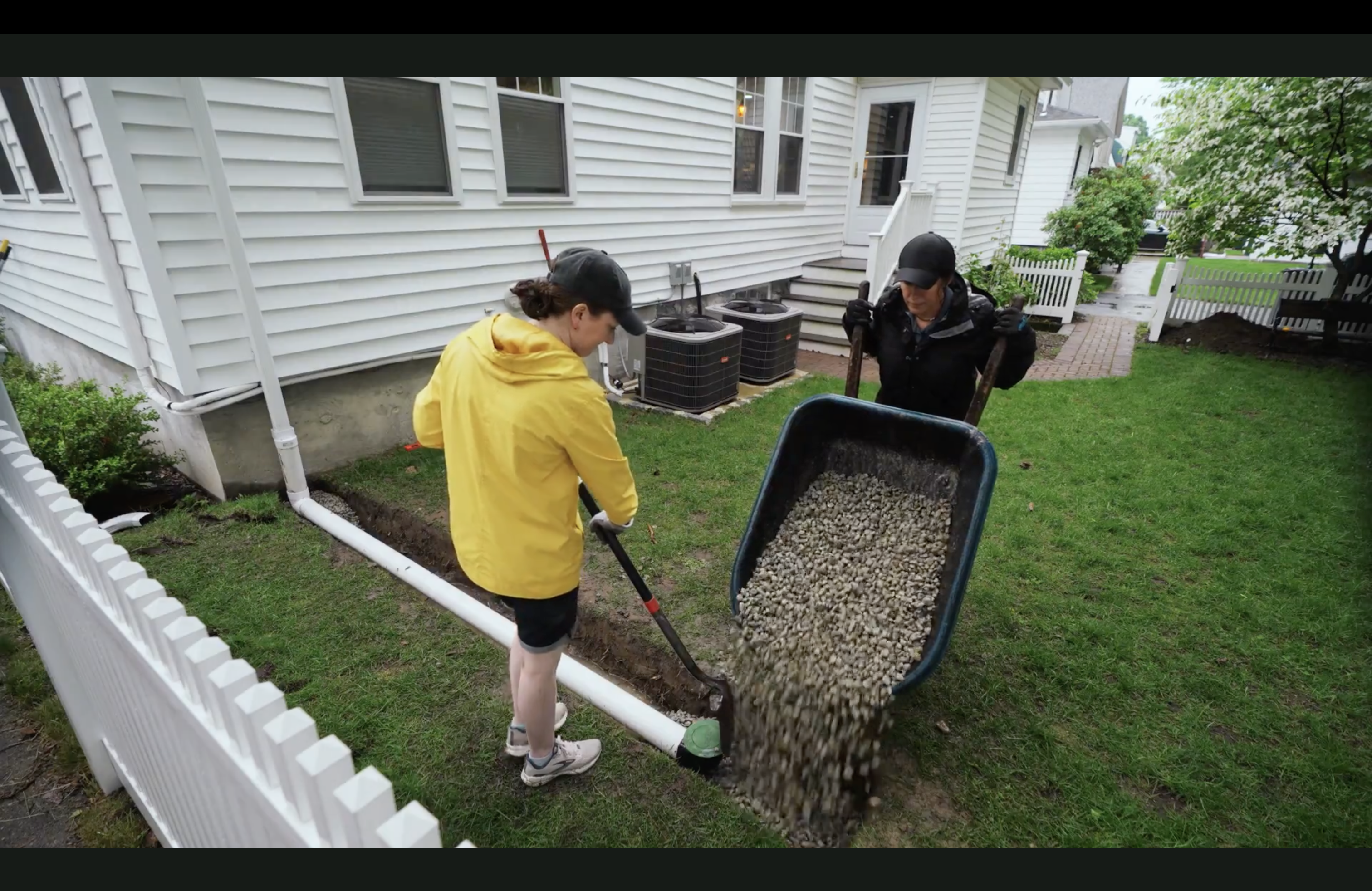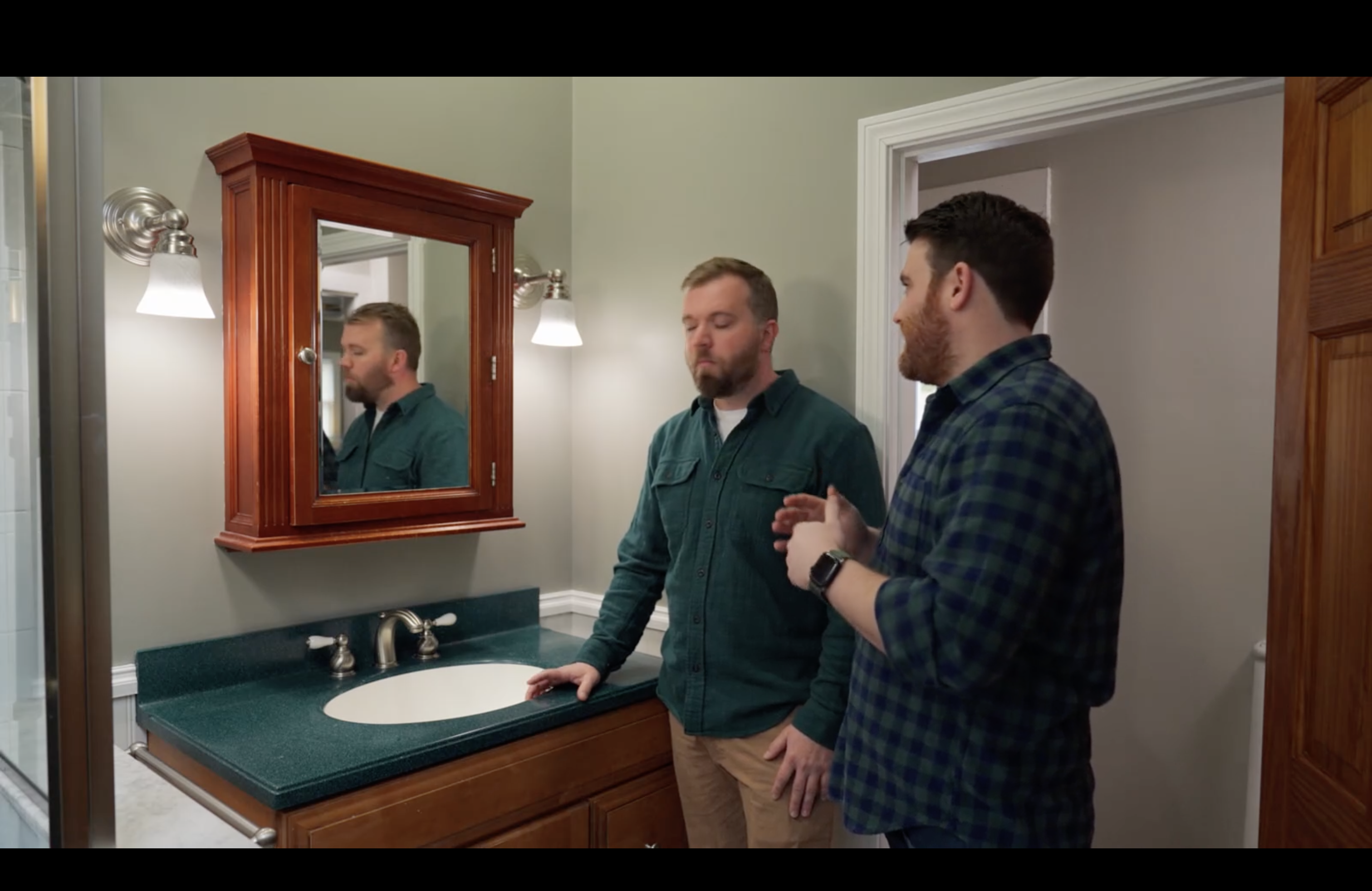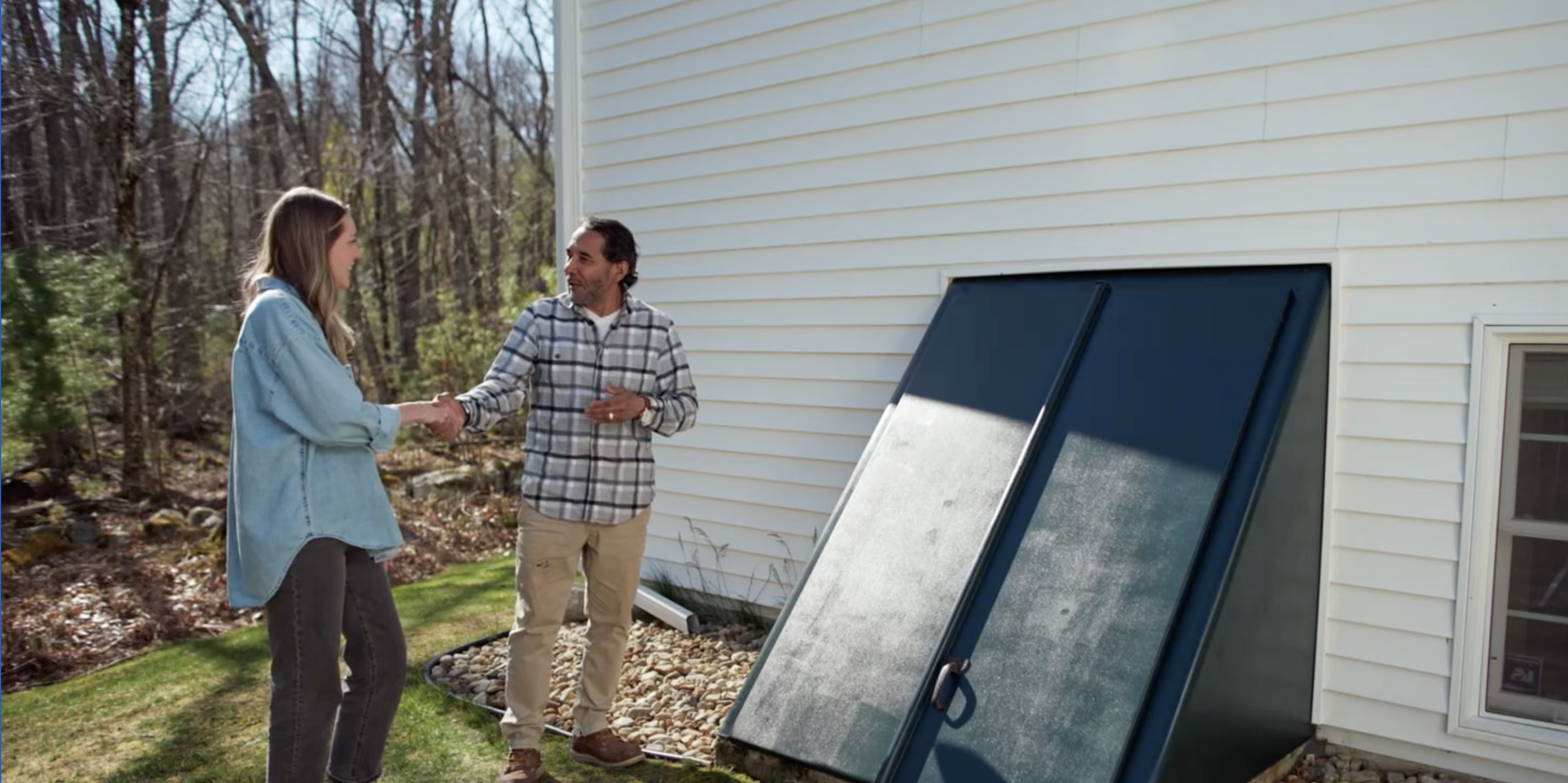Ask This Old House Season 23 Episode 3: Fruit Trees, Roof Tools, and Smart Lighting
A journey to Florida for tropical gardening, a clever roofing tool that solves real problems, and practical guidance for smart lighting upgrades in your home.

Jenn's Florida Fruit Tree Adventure
Another week, another episode of our beloved home improvement show. This time we're heading to Florida for some tropical gardening, learning about a clever roofing tool, and diving into the world of smart lighting. Let's dig in.
The episode opens with Jenn Nawada returning to her Florida roots—literally. She takes us on a nostalgic journey through her childhood in Winter Haven, painting a picture of orange groves stretching to what seemed like the end of the earth to her five-year-old eyes. It's a sweet personal touch that shows the human side of our experts, and honestly, who among us hasn't had those childhood memories of thinking our backyard was infinite?
The main segment follows Jenn as she helps homeowner Russ resurrect his hurricane-damaged fruit tree garden in Miami. Now, I'll be straight with you—I know some folks love the landscaping segments, but they've never been my cup of tea. No offense to Jenn, who clearly knows her stuff, but I find myself checking my watch during these longer garden segments. This one clocked in at what felt like half the episode.
That said, there were some genuinely useful takeaways for anyone dealing with Florida's unique growing challenges. The discussion about citrus greening disease (HLB - Huanglongbing) was particularly relevant. Dustin, the local fruit tree specialist, explained how sweet oranges are more susceptible to this devastating disease that causes fruit to stay green and eventually drop off. It's a real problem down there, and frankly, it's something that might make me think twice about planting citrus if I lived in Florida.
The plant selection was smart, though. Key limes are apparently more resistant to citrus greening, and as Dustin pointed out, if you've got a boat and a tiki hut, you might as well go full Jimmy Buffett with a key lime tree. The Meyer lemon in a container was a nice touch too—gives you mobility and better pest control.
One thing that bugged me was the casual mention of nematodes when discussing the containerized Meyer lemon. They glossed over what these are (microscopic worms that attack plant roots), and for viewers dealing with similar issues, a bit more explanation would've been helpful. These little details matter when you're trying to troubleshoot your own garden problems.
The star fruit (carambola) selection was interesting—apparently it thrives in filtered light and protection from wind, which makes sense for that somewhat sheltered waterfront location. Kids love star fruit, and anything that gets the next generation interested in growing their own food gets a thumbs up from me.
Nathan's Roof Tool Game-Changer
Now this is more my speed. Nathan Gilbert introduced us to what I now know is called the Pitch Hopper, a simple but brilliant roofing tool that I'll keep in mind for future roofing adventures.

The concept is beautifully simple: a foam wedge that creates a level surface on sloped roofs. It comes in two pitches—9 and 12—with the 12-pitch being steeper. What struck me about this tool is how it solves one of those everyday problems that roofers face but homeowners might not think about: where do you put your tools when you're working on a pitched roof?
I've been on enough roofs to know that constant battle with gravity and your gear. Hammers sliding down, nail guns trying to make their escape, and the general anxiety of not having a stable surface to work from. The Pitch Hopper's foam base grips asphalt shingles immediately, and Nathan demonstrated how solid it is by having Kevin step right up onto it.
At just over $100 for two different sizes, it's not exactly impulse-buy territory, but for anyone who does regular roofing work, it seems like a no-brainer. Nathan's recommendation to buy two makes perfect sense—one for tools, one for working. Though as he emphasized (and I can't stress this enough), you're still using proper fall protection equipment. This isn't a substitute for safety gear.
The limitation to asphalt shingles only makes sense given how the foam grips work. You're not going to get the same traction on metal, clay, or tile roofs. But for the vast majority of residential roofing work, this could be a real game-changer.
Ross Tackles Smart Lighting
The smart lighting segment with Ross was solid, if not groundbreaking. He walked through the basic options: smart switches, smart relays, and smart bulbs, each with their own advantages and trade-offs.
The smart relay option was particularly interesting—it lets you keep your existing switches while adding the smart functionality behind the scenes. This is perfect for those situations where you want consistency in appearance but only need to upgrade select switches. I know from experience that mismatched switches can drive certain people (okay, me) absolutely crazy.
Ross did a good job explaining the ecosystem considerations. Some smart switches lock you into specific platforms, while others play nicely with multiple systems. That future-proofing aspect is something I learned the hard way with some early smart home purchases that became obsolete faster than I'd like to admit.
The color-changing bulb demonstration was fun, though I'm with Kevin on this one—the music-reactive lighting behind the TV would probably drive me nuts. Sometimes simple is better - unless you're a weed dealer. But I appreciated Ross showing the full range of what's possible, from practical scheduling (lights on at sunset, off at midnight) to the more theatrical party modes.
The scene-setting feature actually seems useful for daily life—dining mode, movie mode, night light mode. These aren't just gimmicks; they're practical solutions to how we actually use our homes throughout the day.
Final Thoughts
This episode felt a bit uneven to me. The fruit tree segment, while informative, dragged on longer than it needed to. I found myself more engaged with the practical problem-solving of the Pitch Hopper and the smart lighting options than with the lengthy garden restoration.
That said, each segment had its merits. The fruit tree discussion will be valuable for anyone dealing with hurricane damage or citrus diseases in Florida. The Pitch Hopper segment was a perfect example of how simple innovations can solve real problems. And the smart lighting segment offered practical guidance for anyone looking to dip their toes into home automation.
What did you think of this episode? Are you team fruit trees or team roofing tools? Let me know in the comments below, and don't forget to check out the Pitch Hopper website if Nathan's demonstration got you interested in upping your roofing game.
Related Episodes

Ask This Old House Season 23 Episode 6: When Drainage Meets Determination
A practical exploration of Season 23 Episode 6 featuring Jenn's drainage solutions, Kevin Cradock's carpentry showcase, and Heath's ceiling fan installation with proper electrical safety.

Ask This Old House Season 23 Episode 5: Medicine Cabinets, Chimney Crowns, and Time Capsules
A deep dive into Season 23 Episode 5 featuring Nathan Gilbert's medicine cabinet installation, Mark McCullough's chimney crown replacement, and the fascinating world of construction time capsules.

Ask This Old House Season 23 Episode 4: When Paint Jobs Go Right (And Combination Squares Go Missing)
A heartfelt exploration of Season 23 Episode 4 featuring Mauro's bulkhead transformation, Tom's combination square masterclass, and Mark's masonry magic on deteriorating stone steps.